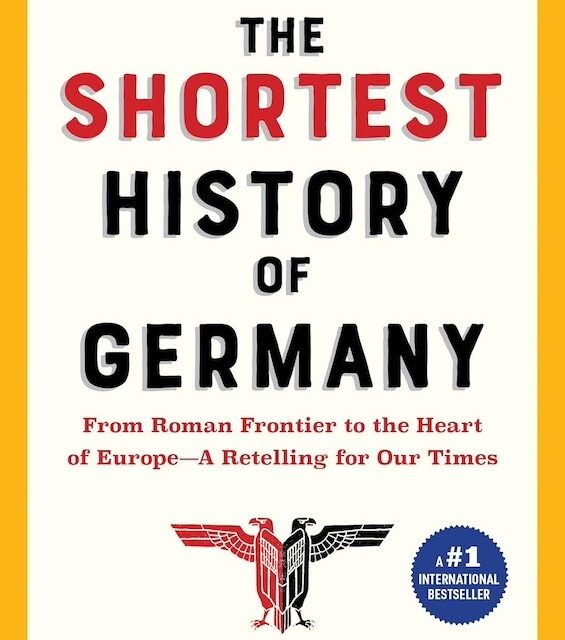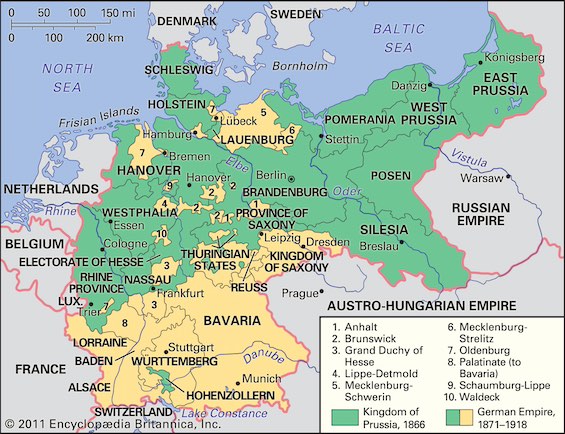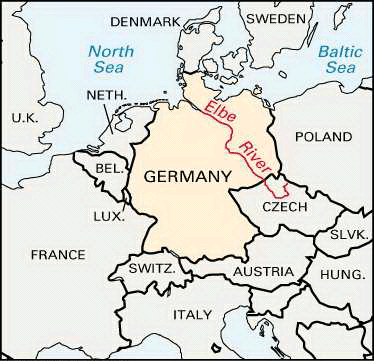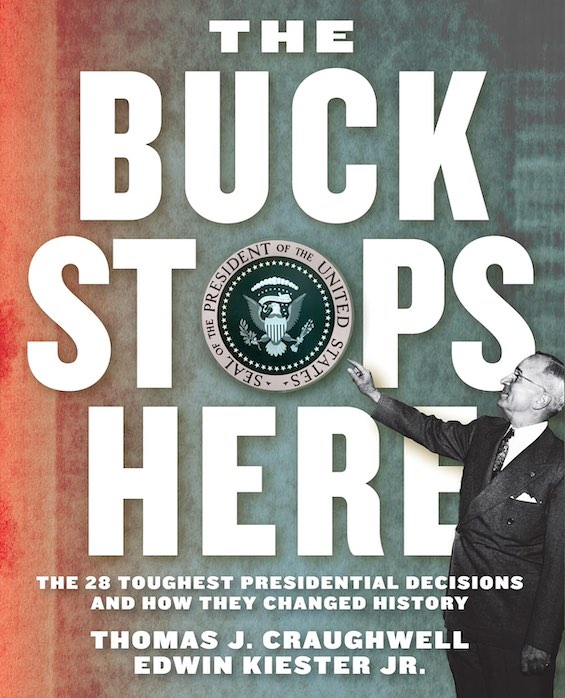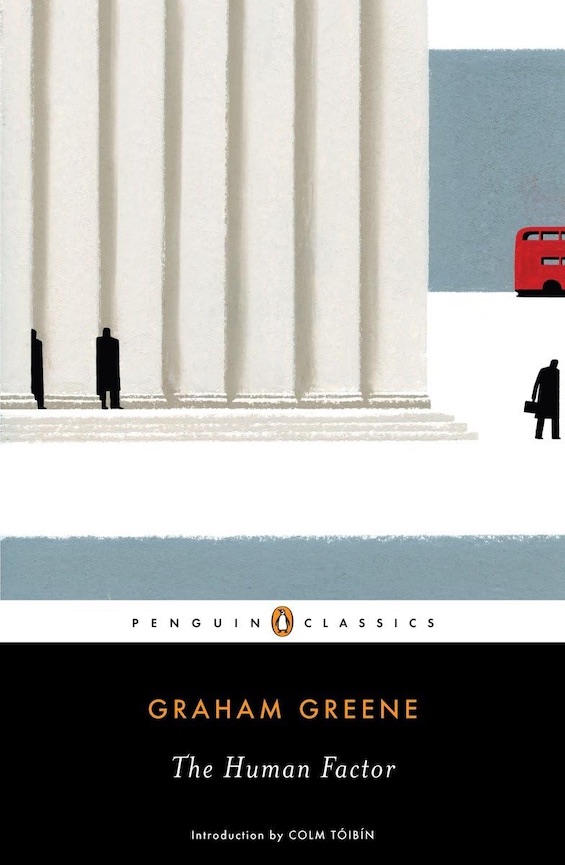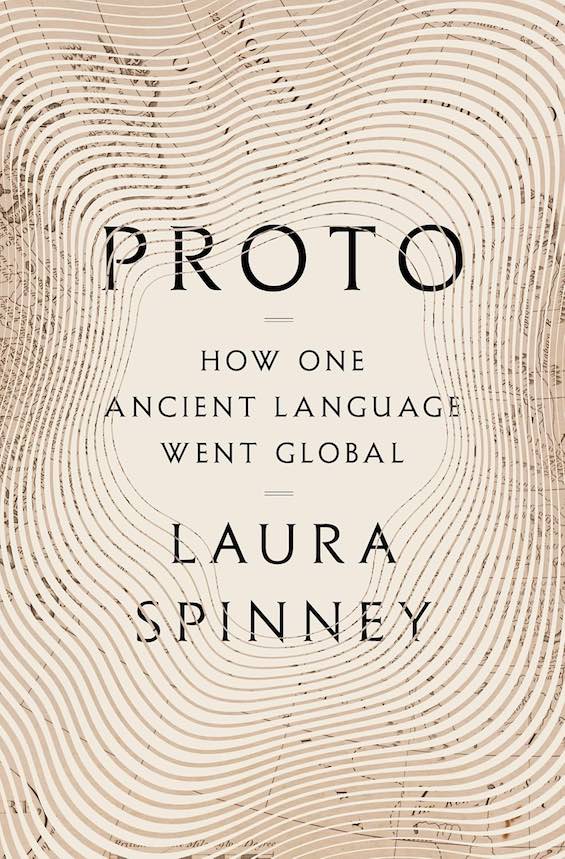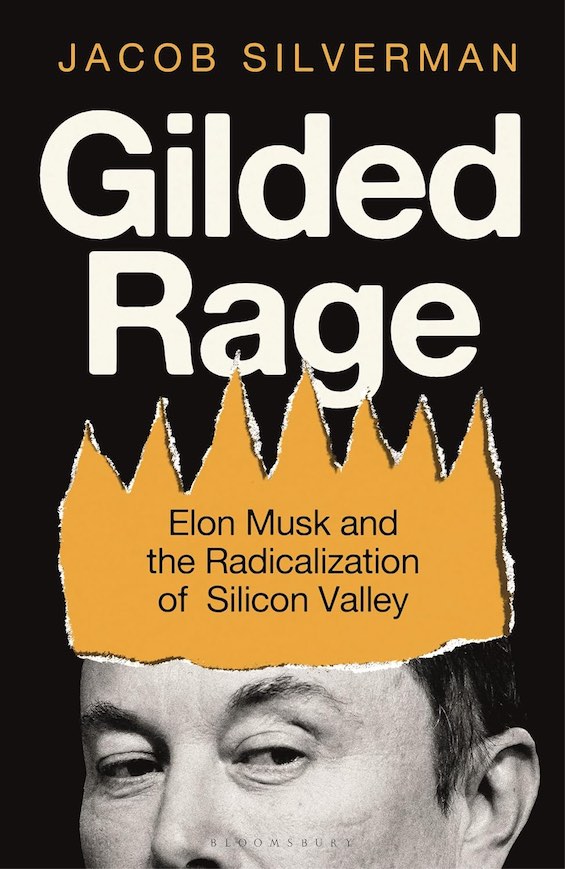Before the dawn of the Common Era two thousand years ago, Julius Caesar gave the land its name, Germania. But it was nineteen hundred years before the land became a country. That happened only in 1871 when the ruthless and brilliant Prussian Chancellor Otto von Bismarck united twenty-five independent kingdoms, grand duchies, duchies, principalities, and free cities in a new German Empire. The popular historian James Hawes explains how all this came about in his lively international bestseller, The Shortest History of Germany. Lavishly illustrated, with an abundance of photos, maps, charts, tables, and infographics, the book is an easy read. This is German history in a nutshell, and it’s a lot of fun to crack.
The east-west divide that defines German politics
Caesar’s legacy continues to overshadow Germany to the present day. As Hawes explains it, the Roman legions Caesar commanded ventured far across the expanse of German territory. But they settled and built fortified towns only west of the Elbe River. Germans living to the east occupied territory almost congruent with that of the former East German state. And the north-south line that begins where the Elbe dumps into the North Sea has divided Germany throughout its history—in culture, politics, and religion. The people living to the west and south are predominantly Catholic and centrist in their politics. Those to the east—Bismarck’s heirs—are Protestant and conservative, if not reactionary. Election results to this day bear this out.
The Shortest History of Germany: From Roman Frontier to the Heart of Europe―A Retelling for Our Times by James Hawes (2017) 256 pages ★★★★★
German history in a nutshell
Hawes divides his story into four brief sections, each encompassing about five hundred years:
- “The First Half-Millennium: 58 bc–526 ad: The Romans Create the Germans, Then the Germans Take Over Rome”
- “The Second Half-Millennium 526 ad–983 ad: The Germans Restore Rome”
- “The Third Half-Millennium 983 ad–1525 ad: There Is a Battle for Germany”
- “The Fourth Half-Millennium 1525 ad–Present: Germany Goes Two Ways”
The principal events that occur in each of these four sections will be familiar to any student of European history or Western Civilization. For example, the sack of Rome in the first half-millennium, and the formation of the Holy Roman Empire under Charlemagne in the second. The Thirty Years’ War in the third half-millennium, and the Protestant Reformation, the unification of Germany, and two world wars in the fourth. Germany as a nation-state is a century younger than the United States, but it boasts a rich history that’s central to the story of Europe in more ways than one.
Hawes’s conclusion is telling: “As the West grapples with crisis after crisis, the story of Germany carries a clear message. The brief Prussian/Nazi era of German history—1866–1945—must finally be seen for what it was: a terrible aberration.” Let’s hope so.
About the author
The author’s entry on Wikipedia begins, “James Hawes (born 1960) is a British novelist and popular historian who has been an official bestseller in both genres. He has also written theatrically released screen adaptations of two of his works. He teaches creative writing at Oxford University.”
Hawes’s grounding in all things German is extensive. He studied the language at Oxford as an undergraduate and earned a PhD on Nietzsche and German Literature from University College London. He has published eleven books to date, including six novels. Both The Shortest History of Germany and the later The Shortest History of England were international bestsellers.
For related reading
For the author’s later, brilliant companion volume, see The Shortest History of England: Empire and Division from the Anglo-Saxons to Brexit—A Retelling for Our Times (English history that’s not just about kings and queens).
You’ll find other related books at:
- 20 top nonfiction books about history
- 10 top nonfiction books about World War II
- Good books about the Holocaust
And you can always find my most popular reviews, and the most recent ones, on the Home Page.

